By Christine Lin
NEW YORK—How could staring at a canvas barely two square feet transport a person to the hillsides of Pennsylvania or the glass-like waters of Lake Placid? How could a painting of a farm that existed 150 years ago feel so viscerally real and immediate?
This is the genius of William Trost Richards, a 19th century American landscape painter. His skill is as great as his heroes Thomas Cole and Frederic Edwin Church, though to this day the public has not given him the same degree of recognition.
A small selection from Richards’s work is showing at the National Academy Museum on the Upper East Side until Sept. 8.
“William Trost Richards: Visions of Land and Sea” is a visual and intellectual treat. And the fact that the exhibit is at the National Academy Museum gives the added satisfaction of discovering a hidden gem.
What’s remarkable about this show is the cohesiveness in the artist’s oeuvre. Richards’s handling of colors, the fineness of his brushwork, and the subtle transitions of light across the topography are all superbly done—consistently. If there were such a thing as batting averages for painters, Richards’s would be extremely high. Even his sketches, used as preparation for larger final works in oil or watercolor, are done with the same high level of care…
Read the rest of the story on The Epoch Times.
Featured Image: “Tintagel,” 1881, watercolor on paper mounted down to board by William Trost Richards



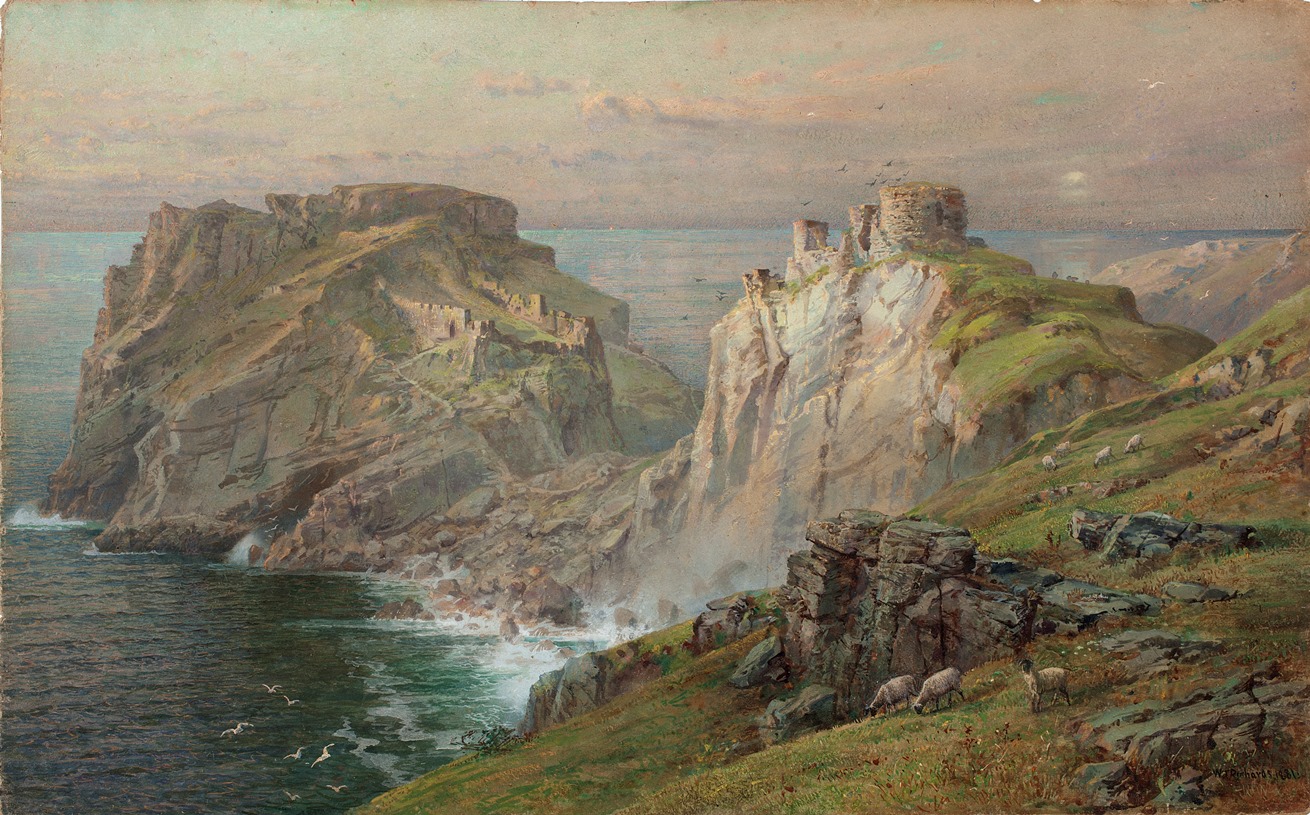
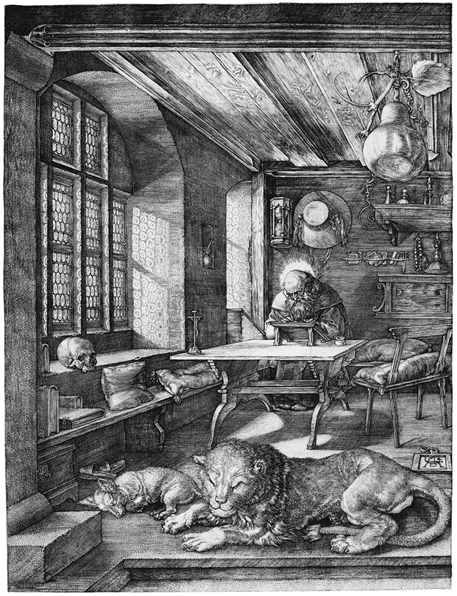
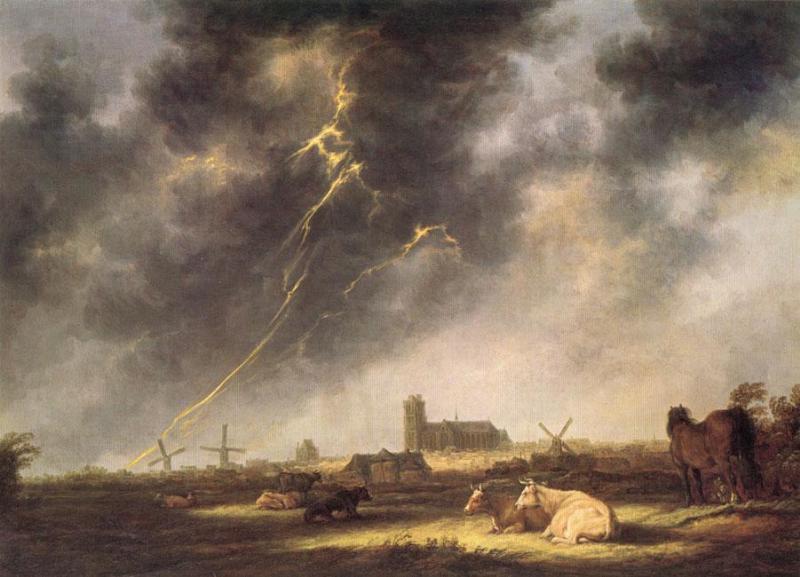




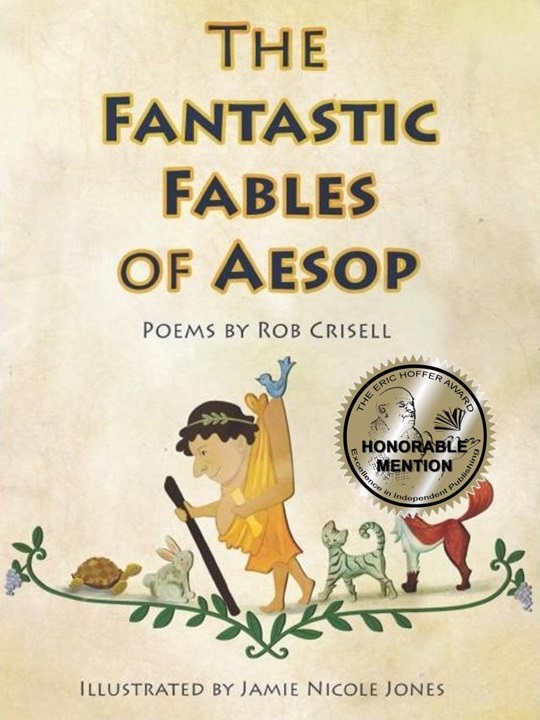


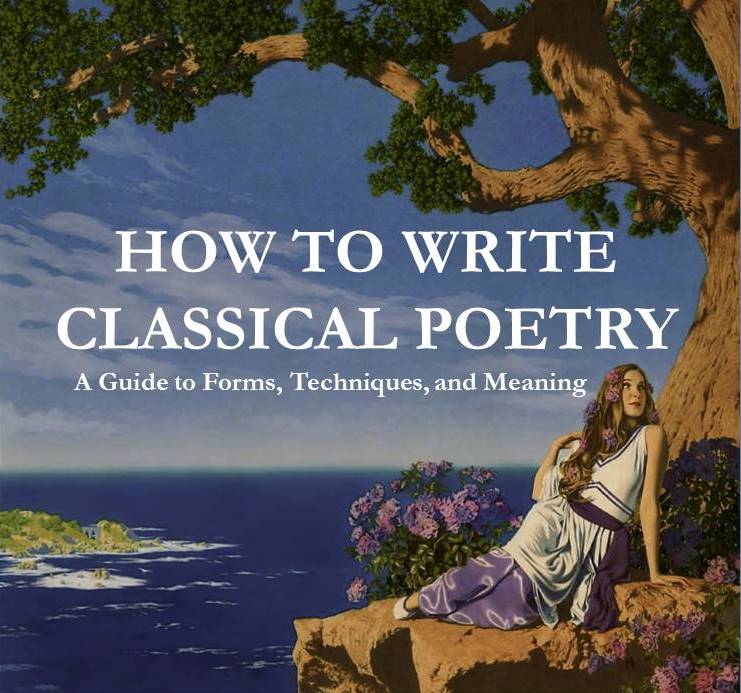




A poem I wrote a few years ago after visiting Tintagel…
Tintagel
I wandered through a forest
In the Cornish countryside
Like some grand old quest
Through where giants and elves used to hide.
Branches gnarled like magic wands,
Wearing robes of moss and ivy,
Bejeweled with streams and ponds
Hiding in each forest valley.
Then, I wandered further out
To where the rolling Cornish hills
End their cavernous hedge lined routes
And crash down with a thrill.
Smashing with rock against ocean,
The land pounds the immense coast,
A battle of vast proportion
Observed from my earthly post.
The Forces of Man stand tall and proud
Filled up with stubborn rock,
Draped in a grassy green shroud,
Over the eons, taking stock.
The Forces of Nature peer back,
So endlessly flat and deep,
An earthquake or tidal attack
Would put man to fatal sleep.
Speckled on the battlefield
Are stairways, bridges, boats, and paths
Where tiny people try not to yield
To the war’s grinding wrath.
Pushing forward on their way
Cherishing virtue in their hearts
Waking up each day,
Creating beauty by playing their parts.
There, perched upon a mountain,
Confronting the timeless sea
Are Tintagel Castle’s ruins,
Where King Arthur came to be.
Your Tintagel had some excellent lines with striking imagery, like the simple “Wearing robes of moss and ivy,” or the brief, yet breathtaking, “And crash down with a thrill.”
Tintagel, 1881,William Trost Richards
Tintagel Castle stands upon the Cornish shore
above the headland Barras Head. The pink-white rock
walls fall down to mist-frothed waves of the cold north sea—
the Celtic—and gulls flying, where, according to
one Geoffrey of Monmouth, King Arthur was conceived.
Upon a sloping hill, a flock of sheep do walk
and graze beside outcrops, diagonally cleaved.
The ruined castle stands at a remove, beyond the once
tin-streaming industry, medieval royalty,
and tourists fascinated with distant legends,
like William Trost Richards’ depiction of the “fort
of the constriction,” magnified magnificence.
Pretty! This has been an extremely wpnderful post.
Thank you for providing these details.